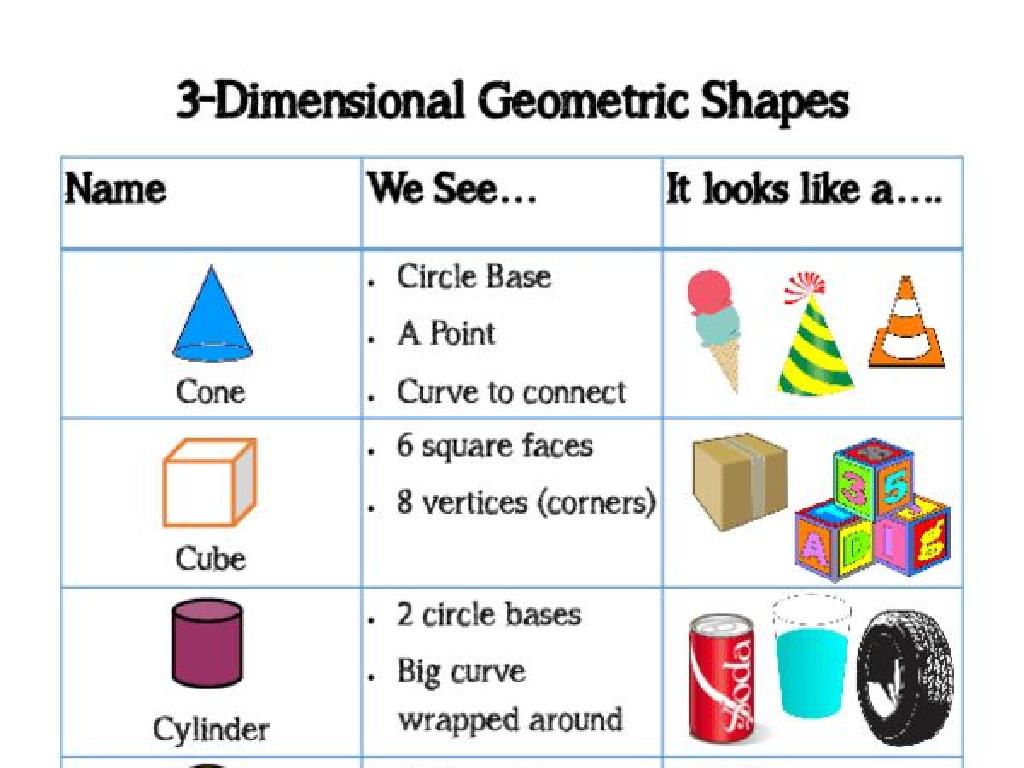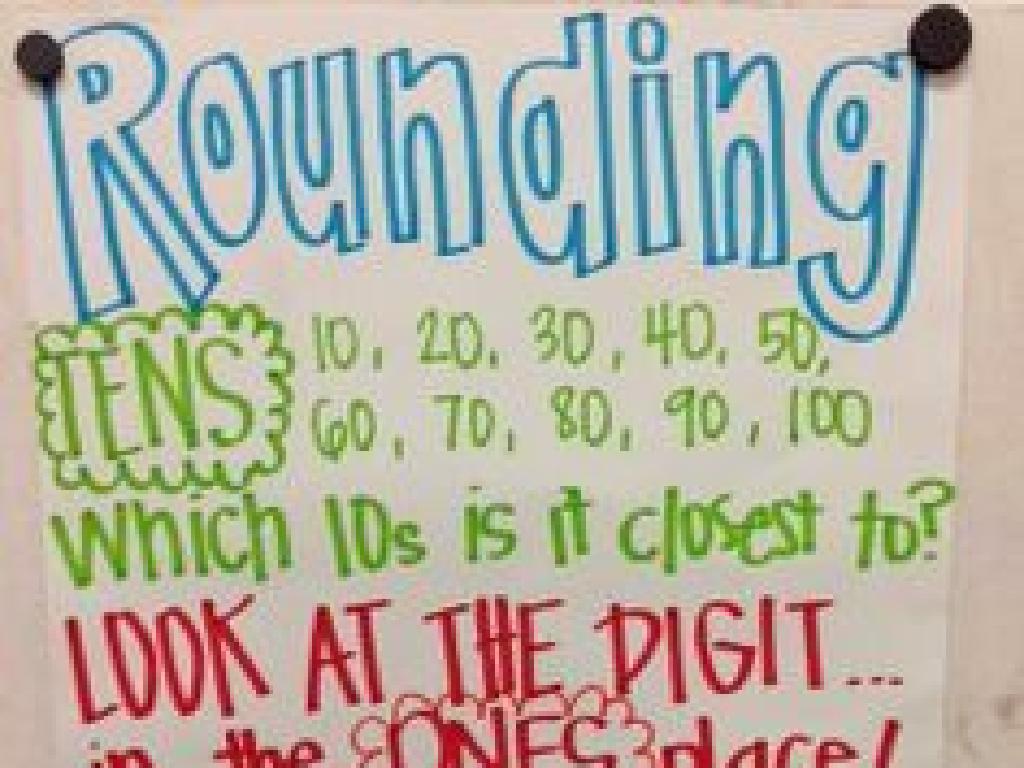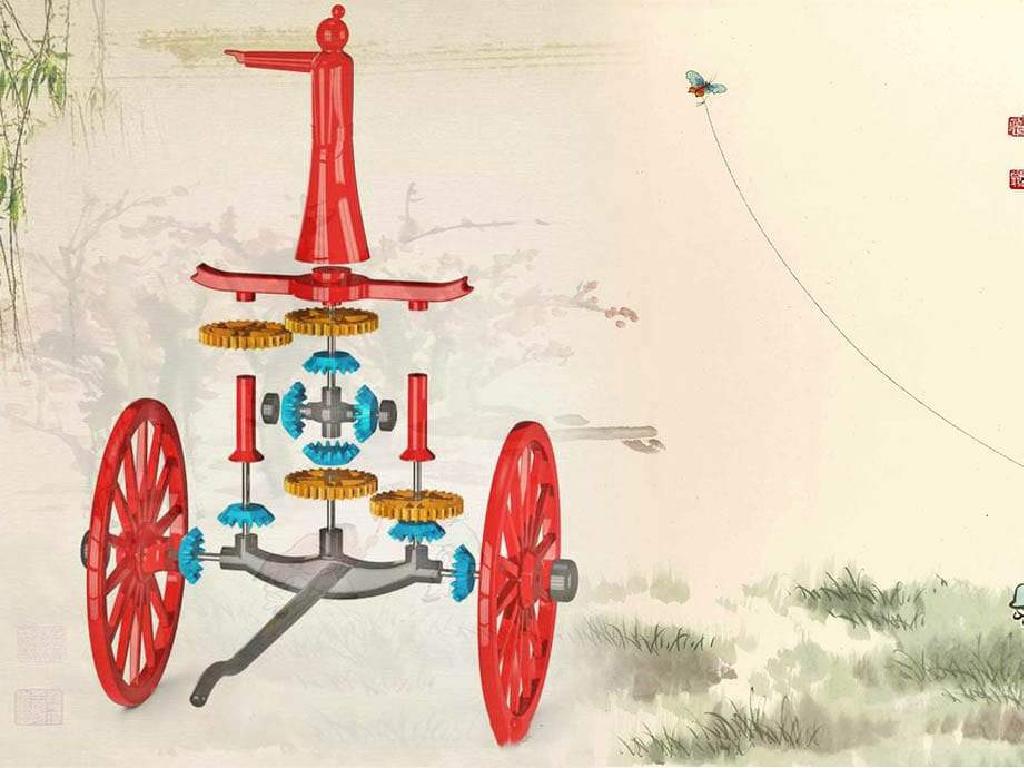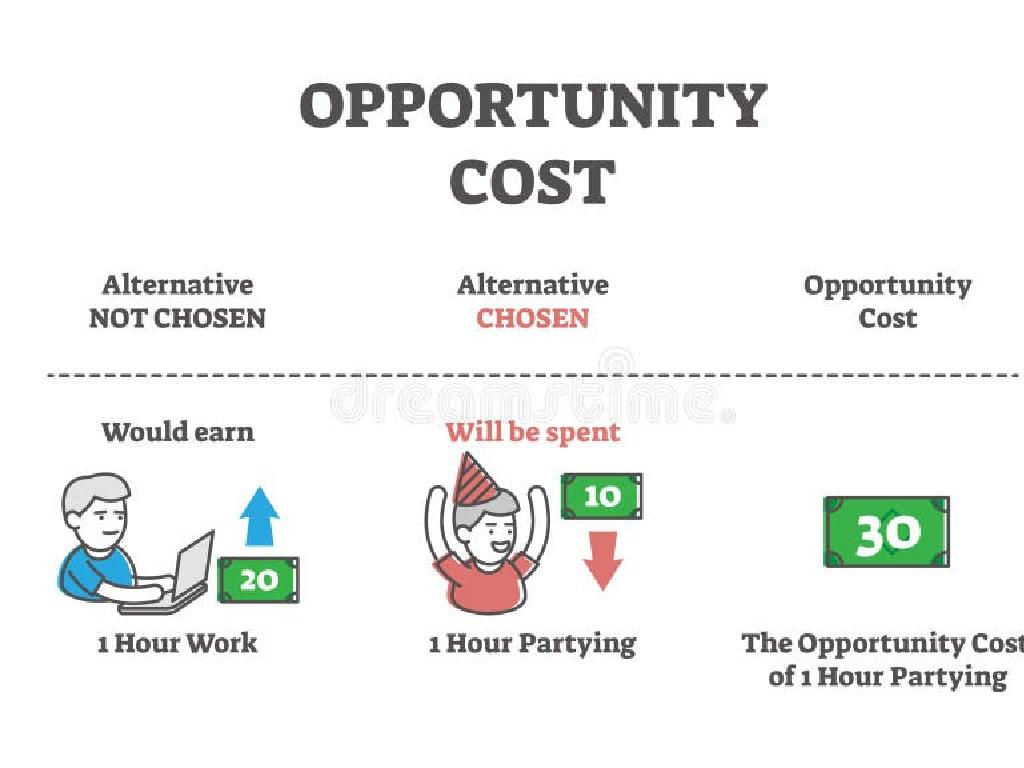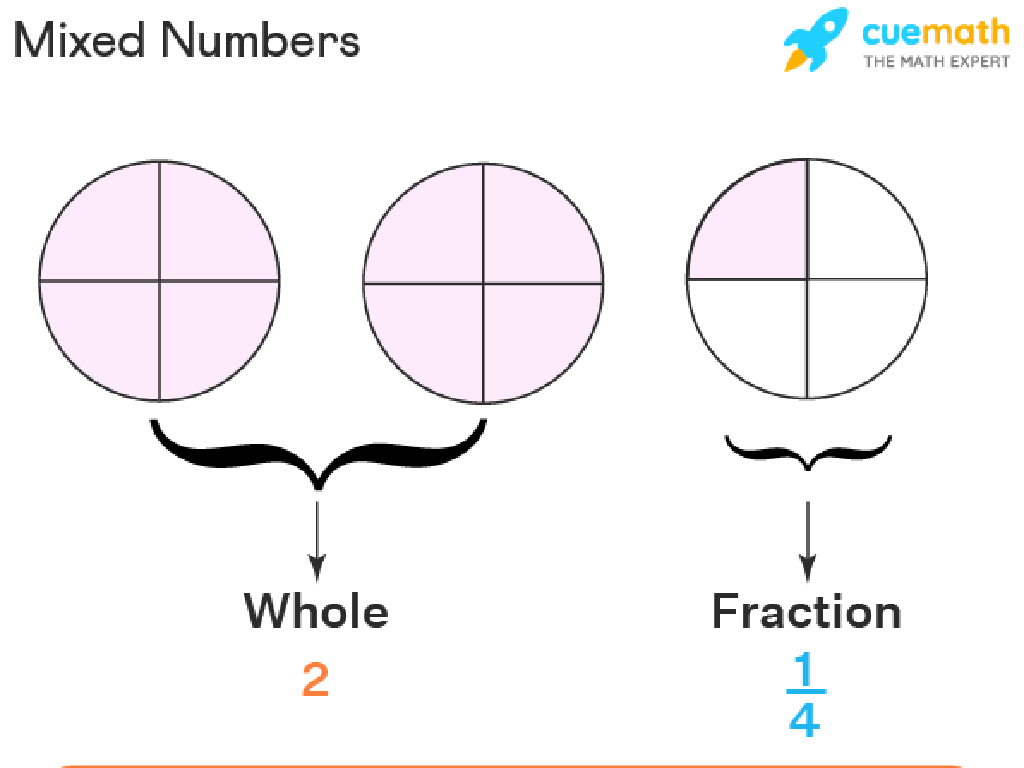Identify Text Structures
Subject: Language arts
Grade: Fifth grade
Topic: Text Structure
Please LOG IN to download the presentation. Access is available to registered users only.
View More Content
Welcome to Text Structures!
– Texts are built with structures
– Different types of text structures
– Examples: Description, Sequence, Cause and Effect, Compare and Contrast, Problem and Solution
– Recognizing text structures
– Clues like keywords help us identify the structure
– Importance of text structures
– It helps us understand and analyze the text better
|
This slide introduces the concept of text structures, which are the frameworks that writers use to organize information in a piece of writing. Understanding text structures is crucial for students as it aids in comprehension and allows them to anticipate what type of information might come next. Teach students to look for specific words or phrases that signal a particular structure, such as ‘first,’ ‘then,’ ‘as a result,’ or ‘in contrast.’ Emphasize that recognizing these structures can improve their reading skills and help them become better writers. Provide examples of each structure and discuss how they can be identified. Encourage students to practice by identifying text structures in their favorite books or articles.
Exploring Text Structures
– Chronological Order
– Events are described in the order they happened
– Cause and Effect
– How one thing leads to another
– Compare and Contrast
– Examining similarities and differences
– Problem and Solution
– Finding a problem and how it’s solved
– Description or List
– Giving details or listing characteristics
|
This slide introduces students to the concept of text structures, which are the frameworks that writers use to organize information in a text. Understanding text structures helps students comprehend and analyze what they read. Chronological order is used for timelines or sequences of events. Cause and effect explains why something happened and the result. Compare and contrast looks at the similarities and differences between two or more things. Problem and solution presents an issue and how it was addressed. Description or list provides details about a topic. Encourage students to look for signal words that indicate each structure when they read. Examples include ‘first’ for chronological order, ‘because’ for cause and effect, ‘similarly’ for compare and contrast, ‘problem is’ for problem and solution, and any list of features or adjectives for description.
Understanding Chronological Order
– Define Chronological Order
– It’s the sequence of events in the order they happened.
– Key Words: first, then, finally
– Words like ‘first’, ‘then’, and ‘finally’ signal the order of events.
– Example: Story Timeline
– Like a timeline showing what happened in the beginning, middle, and end of a story.
|
This slide introduces students to the concept of chronological order, a common text structure in literature and writing. It’s important for students to recognize signal words that indicate the sequence of events. By understanding this concept, students can better comprehend and summarize stories. Use examples from familiar stories to illustrate a timeline of events. Encourage students to think of their own examples and to practice using signal words to describe sequences in stories or their daily lives.
Understanding Cause and Effect
– Grasping cause and effect
– It’s how one event leads to another
– Key words: because, so, therefore
– These words signal a reason or outcome
– Example: Post-rainstorm events
– Discuss what changes occur after a storm
– Analyzing cause and effect
|
This slide introduces the concept of cause and effect, which is a critical text structure in reading comprehension. It helps students understand how events are connected within a text. Start by explaining that a ’cause’ is why something happens, and an ‘effect’ is what happens as a result. Highlight key words that often indicate cause and effect relationships, such as ‘because’, ‘so’, and ‘therefore’. Use a relatable example, such as the changes that happen after a rainstorm, to illustrate the concept. Encourage students to think of their own examples and to look for these key words when reading. This will help them to identify and understand the cause and effect in various texts.
Understanding Compare and Contrast
– Learn to Compare and Contrast
– Find similarities and differences between two things
– Key Words: alike, different, both
– Words that signal comparisons or contrasts
– Example: Cats vs. Dogs
– Pets with distinct traits: Cats purr, Dogs bark
|
This slide introduces the concept of comparing and contrasting, which is a critical text structure in reading comprehension. Students will learn to identify similarities and differences between two subjects using key words such as ‘alike’, ‘different’, and ‘both’. Use the example of cats and dogs to illustrate how two things can be compared and contrasted, highlighting their unique and shared characteristics. Encourage students to think of other examples and to use the key words when describing these. This activity will help them understand how to analyze text structure and improve their critical thinking skills.
Text Structure: Problem and Solution
– Identify problems in texts
– Recognize solutions offered
– Key words: problem, solution, solved
– Words that signal a problem or its solution in a story
– Example: ‘The Case of the Missing Cookies’
– A story where characters solve the mystery of missing cookies
|
This slide introduces the concept of ‘Problem and Solution’ as a text structure in literature. Students should learn to identify the issue being faced by the characters and the resolution provided. Emphasize the importance of key words such as ‘problem,’ ‘solution,’ and ‘solved’ that often signal these elements in a text. Use the example ‘The Case of the Missing Cookies’ to illustrate a scenario where characters must find out who took the cookies, representing the problem, and how they solve this mystery, representing the solution. Encourage students to think of similar stories they have read and how the problems were resolved. This will help them understand the structure and improve their comprehension skills.
Understanding Descriptive Texts
– Define Descriptive Text
– A text that explains what things are like
– Identify key descriptive words
– Words like ‘for example’, ‘such as’, ‘including’ give details
– Example: A Tropical Rainforest
– Imagine vividly the lush greenery, diverse wildlife, and sounds
|
This slide introduces students to descriptive texts, which aim to paint a picture in the reader’s mind about a particular person, place, thing, or idea. Emphasize the use of sensory details and adjectives in such texts. Highlight key words that often signal descriptive text, such as ‘for example’, ‘such as’, and ‘including’. Use the example of a tropical rainforest to show how descriptive texts function, asking students to visualize the dense foliage, the variety of animals, and the cacophony of sounds. Encourage students to think of their own examples of descriptive texts and how authors use words to help readers ‘see’ what they are describing.
Identifying Text Structures
– Spotting different structures
– Look for patterns in the text like cause/effect or sequence of events
– Key words for structure ID
– Words like ‘because’, ‘first’, ‘then’ signal specific structures
– Practice with paragraphs
– We’ll read paragraphs together and find the structure clues
|
This slide introduces students to the concept of text structures, which are the frameworks that writers use to organize information in a text. Teach students to recognize common structures such as description, sequence, comparison, cause and effect, and problem and solution. Emphasize the use of key words that often signal a particular structure. For example, ‘first’, ‘next’, and ‘finally’ may indicate a sequence. During the practice activity, guide students through several paragraphs, asking them to identify the structure and the key words that helped them determine it. This exercise will help students become more effective readers by enabling them to better understand and retain the information presented in a text.
Class Activity: Text Structure Scavenger Hunt
– Let’s explore text structures!
– Work in pairs for this activity
– Identify text structures in books
– Look for description, sequence, comparison, cause and effect, or problem and solution
– Share discoveries with the class
|
This interactive class activity is designed to help students recognize and understand different text structures in a fun and engaging way. Students will pair up and search through selected books to find examples of various text structures such as description, sequence, comparison, cause and effect, or problem and solution. After the scavenger hunt, each pair will present their findings to the class, facilitating peer learning. As a teacher, prepare a diverse selection of books and guide students on what to look for. Encourage them to discuss with their partner why they think a particular text fits a certain structure. Possible activities: 1) Matching text excerpts to the correct structure, 2) Creating posters with their findings, 3) Writing their own examples of each structure, 4) Drawing a comic strip to illustrate a text structure, 5) Acting out a text structure in a skit.
Wrapping Up: Text Structures
– Review of text structures
– Homework: Text structure hunt
– Find real examples of the text structures we learned
– Collect examples from print
– Look in magazines/newspapers for description, sequence, compare/contrast, cause/effect, problem/solution
– Share findings in next class
|
As we conclude today’s lesson on text structures, remind students of the five main types: description, sequence, compare and contrast, cause and effect, and problem and solution. For homework, students are tasked with finding real-world examples of each text structure in magazines or newspapers. This will help reinforce their understanding by applying the concepts to tangible materials. Encourage them to cut out or note down the examples they find and be ready to present and discuss their findings in the next class. This activity will not only solidify their grasp of the topic but also enhance their critical thinking and analytical skills.

